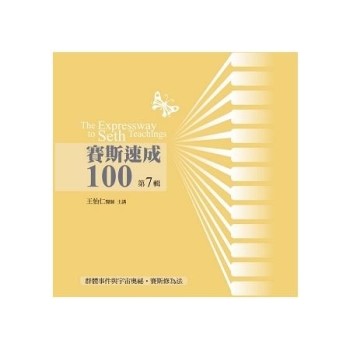The simplicity of the composition of proteins belies the complexity of their structure. Intense effort from the scientific community has been spent on improving experimental and theoretical methods that are used to determine the native structure of proteins and model folding pathways to aid in the understanding of how proteins fold to their native state. This work describes the results of one part of that effort. For molecular mechanical tools to be useful, they must accurately evaluate the relative energies of different structures. This book presents a modified parameter set designed to improve predictions of the relative energies of alternate protein conformations. Next, the results from using these parameters in all-atom fully unrestrained ab initio folding simulations for trp-cage, a stable protein with non-trivial secondary structure elements and a hydrophobic core, are described. Lastly, there is a discussion of the details of the progression of events during the folding of the trp-cage protein in reproducible unrestrained folding simulations with explicit inclusion of solvent molecules."
| FindBook |
|
有 1 項符合
Strockbine的圖書 |
 |
$ 2911 | Computational Structure Prediction and Folding Studies of the Trp-cage Protein: Parameter Set Development, Folding Studies With
作者:Strockbine 出版社:VDM Verlag Dr. Mueller E.K. 出版日期:2008-07-03 語言:英文 規格:平裝 / 104頁 / 22.9 x 15.2 x 0.5 cm / 普通級  看圖書介紹 看圖書介紹
|
|
|
圖書介紹 - 資料來源:博客來 評分:
圖書名稱:Computational Structure Prediction and Folding Studies of the Trp-cage Protein: Parameter Set Development, Folding Studies With
|










